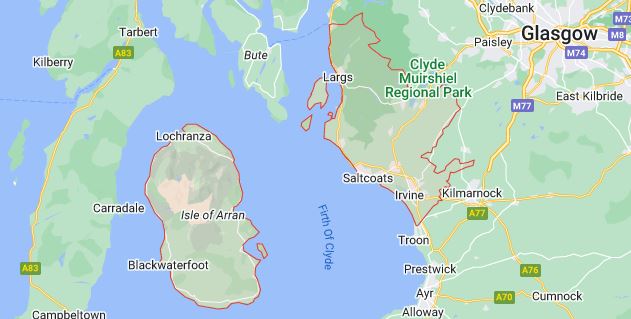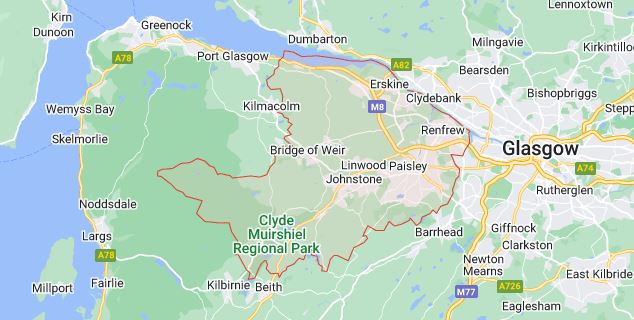At The Property Boom Estate Agents, we are proud to offer our services in a wide range of areas, ensuring that we can assist homeowners and buyers in finding their dream properties. We specialise in the following regions:
1. North Ayrshire: As a prominent estate agent in North Ayrshire, we have extensive knowledge of the local market. Whether you're looking to sell or buy a property in towns such as Irvine, Kilwinning, Largs, Beith, Dalry, Kilbirnie, Ardrossan and the surrounding areas, our experienced team can guide you through the process with expertise and professionalism.

2. Renfrewshire: Renfrewshire is another area where we have great expertise. From the historic town of Paisley to vibrant areas like Renfrew, Johnstone, Erskine, Houston and Bridge of Weir, we have a deep understanding of the local property market. Our team can provide you with valuable insights and assistance to make your property journey seamless.

3. Glasgow: The bustling city of Glasgow is a popular choice for both buyers and sellers. With its diverse neighbourhoods, rich history, and vibrant cultural scene, there's something for everyone in this dynamic city. We cover various areas throughout Glasgow, including the city centre, West End, Southside, and East End, helping clients navigate the property market in this exciting urban hub.
4. Inverclyde: Situated on the west coast of Scotland, Inverclyde offers a stunning coastal setting and a range of picturesque towns. From the bustling town of Greenock to charming spots like Gourock and Port Glasgow, we have in-depth knowledge of the local property market in Inverclyde and can assist you in finding or selling your ideal property.
5. Surrounding Areas: In addition to the above areas, we also serve the surrounding regions, ensuring that we cater to a broader range of clients. This includes areas adjacent to North Ayrshire, Renfrewshire, Glasgow, and Inverclyde, allowing us to extend our expertise to those seeking properties in nearby towns and villages.
With our extensive coverage across North Ayrshire, Renfrewshire, Glasgow, Inverclyde, and the surrounding areas, The Property Boom Estate Agents are well-equipped to assist you in your property journey. Our dedicated team of professionals is committed to providing exceptional service, local knowledge, and personalized guidance to help you achieve your property goals.
Whether you're selling your home, searching for a new property, or simply looking for expert advice, we are here to support you every step of the way. Get in touch with us today to experience The Property Boom difference and embark on your successful property journey.